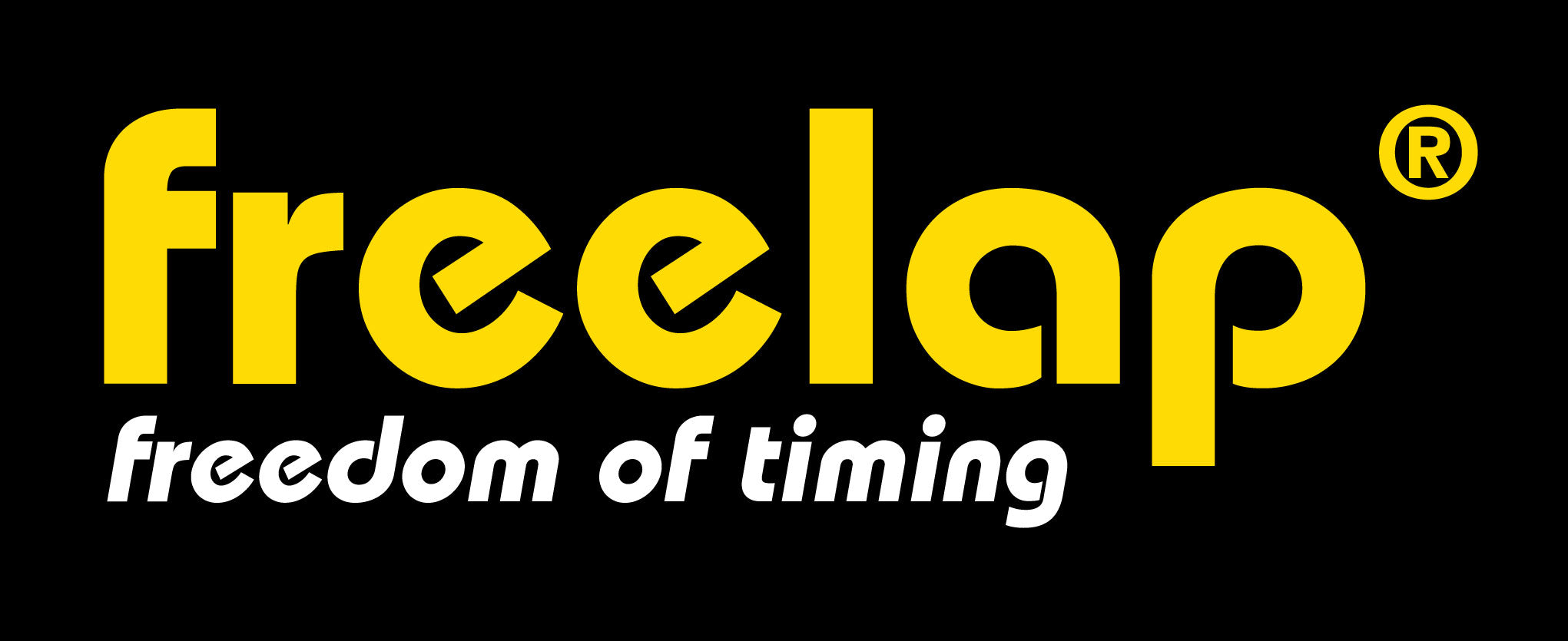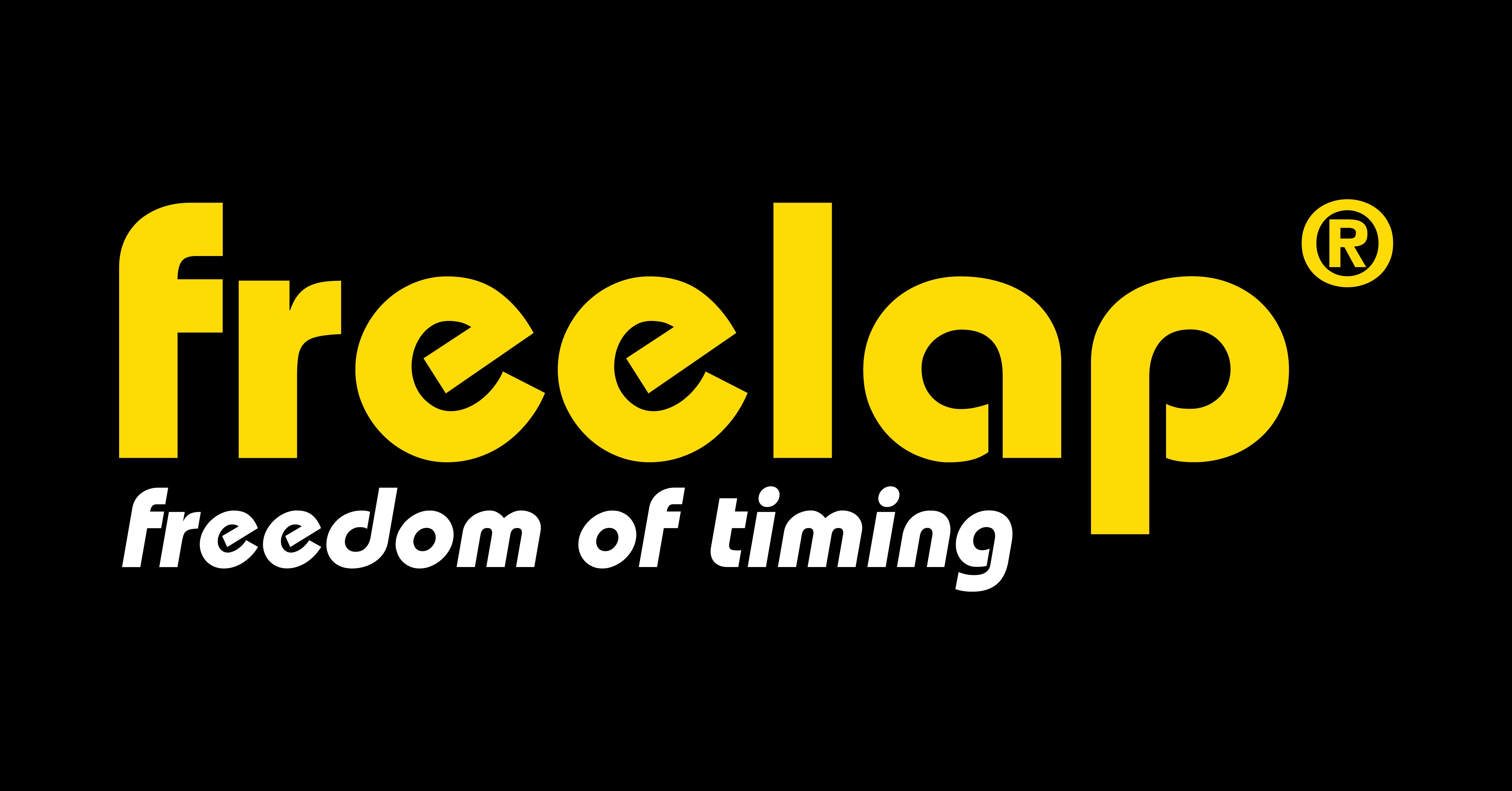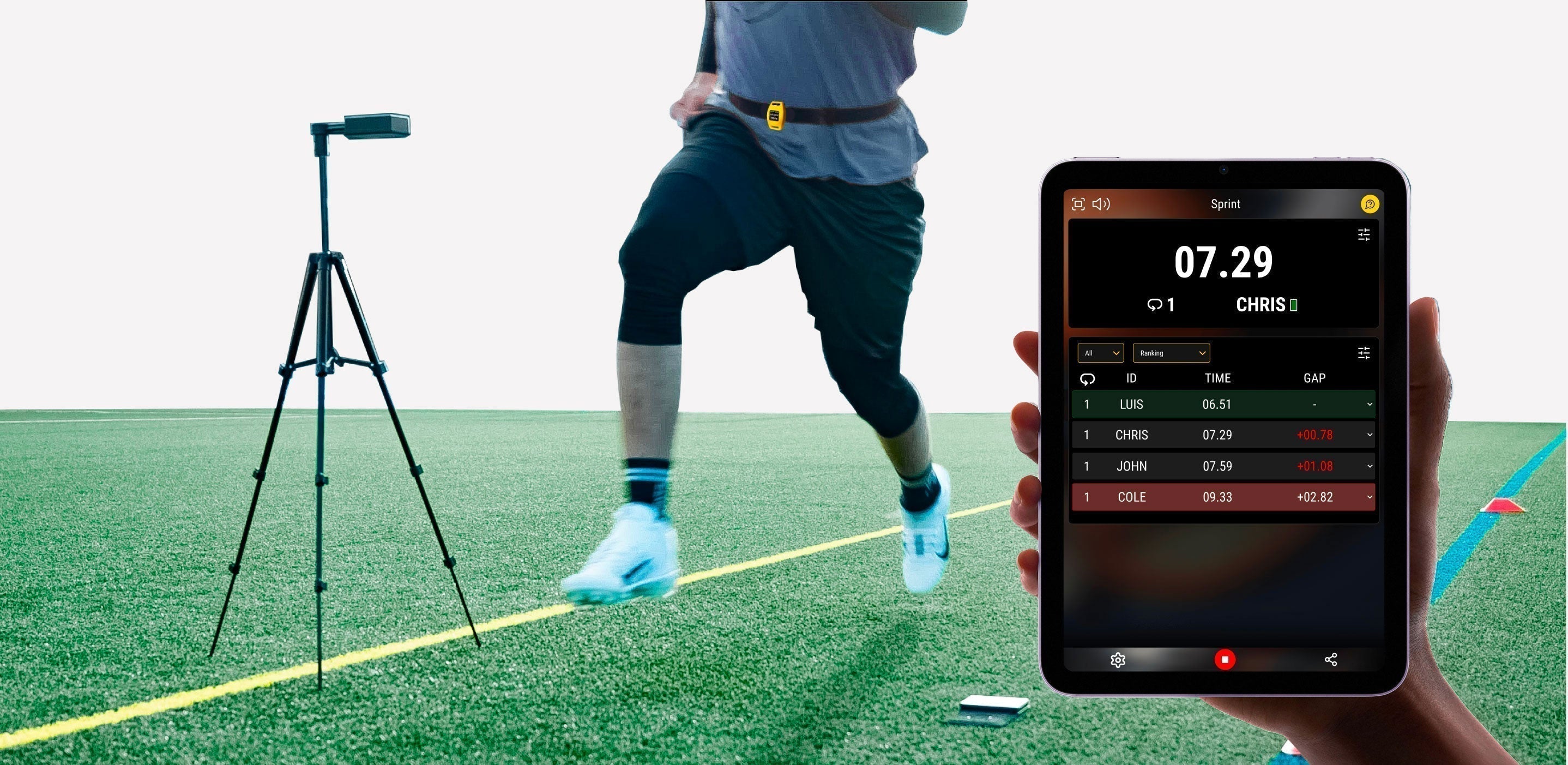The Benchmark Test
Let’s be real — in football, the 40-yard dash is the headline test.
It’s the number everyone remembers. It might not tell you everything, but it sure tells you something. And for athletes, cutting just a tenth of a second can mean more attention, better offers, and serious momentum.
But here’s the catch: timing it right is harder than it looks.
Hand Timing: The Old Standard
Most of us have done it. Stopwatch in hand, thumb ready, eyes on the line.
It’s quick. It’s cheap. But it’s not accurate.
-
Human reaction adds anywhere from 0.1 to 0.2 seconds.
-
Coaches often start or stop early — even without realizing it.
-
A “4.4” hand time usually turns out to be 4.6 or 4.7 electronically.
It’s fine for a rough check, but not for tracking real progress.
Laser Gates: Closer, but Not Perfect
Laser timing systems are common at showcases. They’re better, no doubt — but they’ve got quirks:
-
A hand, knee, or head can trigger the start/stop early.
-
Setup takes time. Consistency across athletes? Not always.
-
In group testing, they slow everything down.
They look precise, but results can still leave you scratching your head.
NFL Combine Timing: The Gold Standard
At the NFL Combine, they go all out: laser beams, video backup, photo finish systems. It’s elite-level accurate. No reaction time. No guessing. Just data.
But here’s why you’re not using it:
-
It’s expensive.
-
It’s complex.
-
You need trained staff.
It’s the best. It’s just not practical for schools, teams, or coaches working in real-world environments.
What Coaches Actually Need
We don’t need a lab. We need a system that’s:
-
Consistent — same setup every time.
-
Repeatable — so you know if a player’s getting better.
-
Practical — fast to set up, easy to use with groups, and built for the field.
Accuracy is important. But consistency is everything. That’s what makes progress measurable — and trustworthy.
Where Freelap Fits In
This is why coaches are using Freelap:
-
Fully automatic timing — no reaction delay, no bias.
-
Wireless and portable — set it up in minutes, anywhere.
-
Scalable — works great for individuals or full teams.
-
Center-of-mass timing — triggered by the athlete, not a hand or knee.
-
Data you can trust — because it’s repeatable and rock-solid.
Freelap gives you combine-level precision without the cost or complexity. Your athletes get legit times. You get clean data.
It’s a win.
Quick Recap: What Works, What Doesn’t
| Timing Method | Pros | Cons |
|---|---|---|
| Stopwatch | Fast, easy | ±0.2s error, human bias |
| Laser Gates | Better accuracy | False triggers, setup hassle |
| NFL-Style Systems | Top-tier precision | Expensive, not scalable |
| Freelap | Fast, accurate, portable | Real-world solution |
In The End
What’s the most accurate way to time a 40?
-
For the NFL Combine: full electronic setup with video.
-
For everyone else: a repeatable system that removes human error and builds trust.
In the end, it’s not just about running a fast 40 — it’s about knowing the time is real, and knowing week to week if your athletes are improving.
That’s what Freelap does — and why more coaches are making the switch.




Share:
What’s the Best Way to Time a Flying 30m?
How Do You Accurately Measure Ski Training Times?